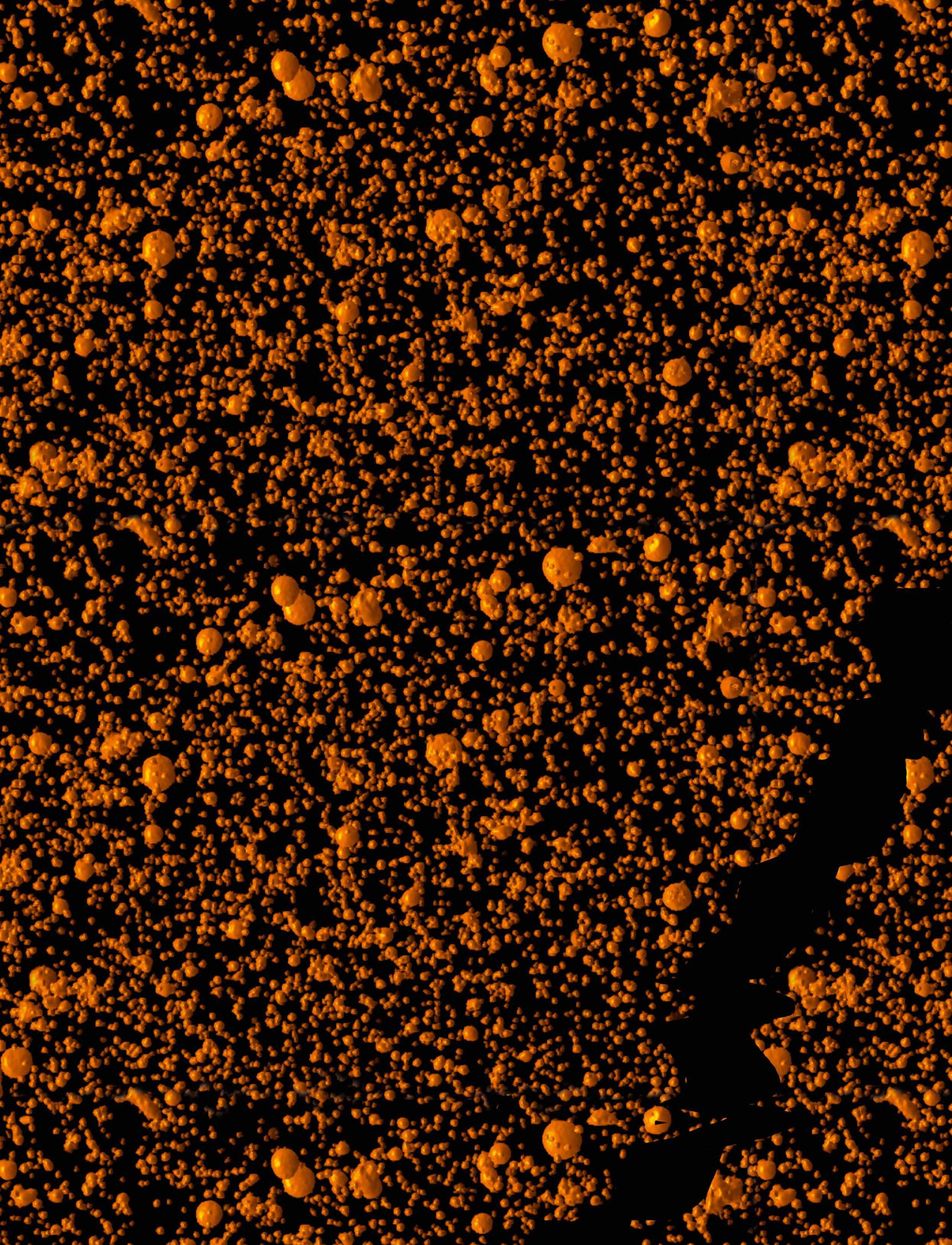The bigger picture of miniaturisation
©ESA
Microelectromechanical systems (MEMS) are an important part of many technologies, now researchers are looking towards the development of even smaller systems, nanoelectromechanical systems (NEMS). Silicon nanowires are an important component of such NEMS, and a deeper understanding of their crystalline structure is crucial to further developments, as Professor Antonia Neels explains. The ongoing miniaturisation
of microelectromechanical systems (MEMS) in the digital age has opened up new commercial possibilities, and MEMS today are applied in a wide range of devices, including sensors and actuators with both electrical and mechanical functions and characteristics. The structure of the materials used in these systems helps to define their overall properties, and a deeper understanding could point the way towards the development of even smaller nanoelectromechanical systems (NEMS) in future, a topic at the heart of Professor Antonia Neels’ research. “Silicon may behave very differently in nano-structures than in micro-systems, because a lot of physical properties change when you go to the nanolevel,” she outlines. Based at Switzerland’s Federal Laboratories (Empa), Professor Neels is the Principal Investigator of a research project seeking to link the structure and physical properties of silicon NEMS.
Silicon nanowires A major priority in the project is the characterisation of silicon nanowires, a relatively new type of 1-dimensional nanostructure which can act as a core component of NEMS. Researchers in the project are looking at nanowires which are about 80 nanometres wide and a few microns long. “They are small and difficult to handle, and their structural and physical behaviour is very different compared to micrometer-sized device parts,” says Professor Neels. Two of the most
42
notable characteristics of silicon nanowires are their strength and flexibility, which makes them well-suited for use in NEMS. A significant degree of progress has been made over the last decade in combining silicon nanowires in devices, yet challenges still remain in terms of their application in novel monolithic NEMS. The architecture of these systems is often extremely complex and crystalline defects enter into nanowires and alter their properties, so sophisticated techniques are required to characterise them. “New technologies need new
introduced into the silicon crystal which may influence physical properties such as electrical or mechanical functioning. Some of these effects may be desirable, for example because they improve the electromechanical properties of the nanowire system, while others may be undesirable; Professor Neels aims to help build a deeper understanding in this respect. This research involves investigating defects and the defect mobility, from which more can be learned about the expected lifetime of such devices. An important part of the project’s
With nanoelectromechanical systems, new applications become possible that can’t really be approached with micro-systems, because we can sense really very small quantities, for example of radiation or molecules. analytical tools,” says Professor Neels. Researchers in the project are using high-resolution X-ray diffraction (HRXRD) and other techniques to gain deeper insights into the structure of silicon nanowires. “HRXRD is dedicated to the analysis of semi-conductor materials, high-purity crystals, like single crystal silicon,” explains Professor Neels. The primary aim here is to relate the structure of a material to its performance and physical properties. Professor Neels and her colleagues develop X-ray based analytical methods suitable for the new materials structures that are emerging. During the fabrication of NEMS / MEMS, and also later on during their operation, strain, deformation and additional defects are
research centres therefore around monitoring any changes in the structure over time, a topic Professor Neels plans to address in the second half of the project’s funding term. “We plan to monitor the effects of electrical actuation of the nanowire structure, and investigate any structural changes,” she says. This will also have an impact on the durability and reliability of nanowires, both of which are important considerations in terms of the possible applications of these systems. “Reliability is very important in any application but especially in biomedicine and space,” stresses Professor Neels. “We can address accelerated aging processes, and see how things like
EU Research






























